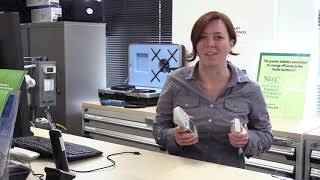Have you seen our new SBC Video Training Series on Diagnostic Tool Applications yet? If not, check out the series on our YouTube Channel or click the link below to watch the second video in the series.
Identifying Fan Operation During Unoccupied Hours
This video demonstrates the use of a motor logger to verify the operating schedule of fans, applicable to any motor driven device such as exhaust fans, supply/return fans, terminal unit fans and pumps. The training covers programming and deployment of the data loggers as well as data analysis.
Thank you to Puget Sound Energy and Seattle City Light for their support in developing the video training series!


